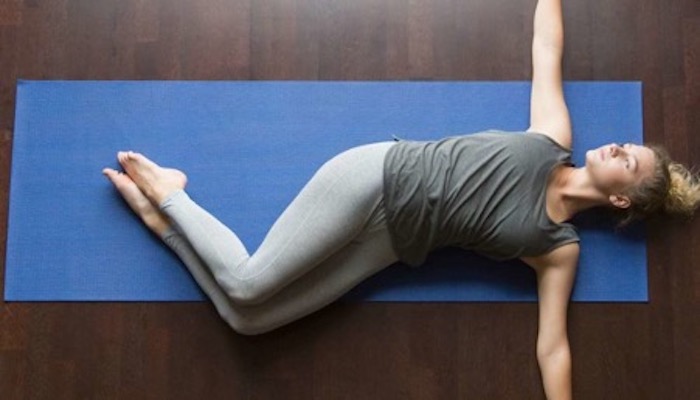
You might be surprised to learn that exercise is part of almost every treatment plan for lower back pain. Movement is key to the long-term relief of back pain.
The good news is that there is such a variety of exercise and fitness options that many people are able to find something that is enjoyable and effective. Here is a rundown of how exercise can benefit your back health and reduce pain.
Exercise Can Help Heal Your Back
A natural stimulus for your body's healing process is active exercise, which should be performed in a controlled, gradual, and progressive manner. In part, this means you need to slowly increase the intensity of your workout regimen over time, building a routine that is consistent, manageable, and challenging. This gradual progression is especially important if you are just starting a fitness routine.
Movement encourages healing by spurring nutrients and oxygen into the disc spaces and soft tissues in your spine for improved function. But the converse is also true a lack of exercise can lead to stiffness, weakness, and worsened pain.
Strong Core Muscles Reduce Stress on Your Spine
Strong core muscles which include your abdomen, lower back, pelvic, and even hip muscles help support and stabilize your spine. This reduces the pressure on your spinal discs, soft tissues, and joints, which in turn may bring relief from your lower back pain.
Core strengthening can include exercises such as planks and leg lifts but can be even more effective when done with functional, daily movements rather than isolated strengthening alone. For example, engaging your core muscles to stabilize your spine to lift and carry objects, squat, and perform pulling exercises like rowing are great ways to develop core strength.
Stretching Helps Maintain Mobility and Better Posture
Gentle stretches that target the cervical spine and thoracic spine may help with neck and/or upper back pain, as well as improve range of motion. If you tend to slouch or have hunched shoulders with forwarding head posture, take breaks from sitting throughout your workday to stand and to mobilize your upper back. One option for this is to place a foam roller horizontally on the upper part of your chair and against your upper back, then extend back over the foam roller while keeping your abdominals engaged. (You can also perform this exercise with the foam roller on the ground.)
Some lower back conditions can benefit from daily hamstring stretches, which can also reduce nerve tension and relieve pain.
Walking Is Good for Your Lower Back
Exercise walking has many benefits, including:
- Strengthens muscles that hold your body upright
- Brings nutrients to your spinal structures
- Improves flexibility
- Encourages the production of pain-fighting endorphins
When walking for exercise, try to keep a brisk pace with an upright, natural posture. Aim for a minimum of 30 minutes 3 or 4 times a week if you are currently active. If you're new to exercise, try starting with 2 or 3 short walks (5 minutes) each day, and over several weeks or months work up to being able to go for 20 to 30 minutes at a time.
Other low-impact aerobic exercise options to consider include biking, using an elliptical machine, or swimming. To make things even more fun and to help you stay motivated, see if a friend would like to join you on walks or for another exercise.
Strength Training Develops a Resilient Low Back
Strength training is one of the most important ways to create a resilient lower back and prevent low back pain from returning. When done safely, with gradual progression and proper form, lifting weights and adding resistance to full-body movements such as squatting, lifting, and carrying can help prepare your body for the demands of day-to-day life and prevent low back injuries from recurring.
Speak With Your Medical Professional Before Starting an Exercise Program
While exercise is part of nearly every treatment plan for lower back pain, make sure that your exercise program is appropriate for your specific type of back pain. For instance, exercises appropriate for someone with lumbar herniated disc pain will not be identical to those for a person with isthmus spondylolisthesis.
In light of this, make sure to speak with a physical therapist, physiatrist, or another qualified health professional before starting any exercise program. It is important to have an accurate diagnosis to ensure you are choosing the correct kinds of exercises to treat your specific lower back condition.
Precision Pain Care and Rehabilitation has two convenient locations in Richmond Hill – Queens and New Hyde Park – Long Island. Call the Richmond Hill office at (718) 215-1888, or (516) 419-4480 for the Long Island office, to arrange an appointment with our Interventional Pain Management Specialist, Dr. Jeffrey Chacko.













